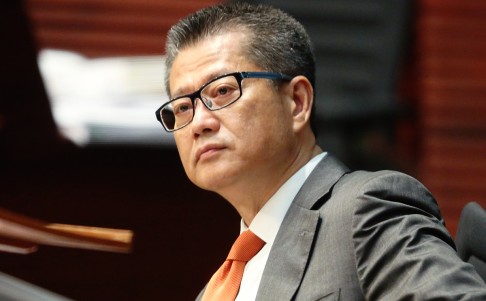

Ancient structure in future MTR station to be disassembled and then rebuilt under plan approved by the government yesterday

The government announced yesterday that it would accept its heritage advisers' recommendation to dismantle, remove and then reassemble an ancient well unearthed at the future To Kwa Wan station on the MTR's Sha Tin to Central rail link, saying it did not want to cause further delay to the project.
The project is already 11 months behind schedule because of the archaeological dig, and as a result the section connecting Tai Wai to Hung Hom will not be able to open by December 2018 as scheduled.
The Development Bureau's announcement came after the Antiquities Advisory Board last week endorsed the cheapest of four options to conserve the ancient well, which dates to the Song (960-1279) or Yuan (1279-1368) dynasties.


"If we can remove the well and dismantle it after a detailed recording, then we can get a better understanding of its structure and the techniques used in building it," Chan said.
Chan's announcement came less than a month after the government proposed preserving seven other archaeological features, including two square wells, where they lay in the site. He insisted the decision was not made hastily and there was enough time for the public to study information available in the past six months.

The MTR Corporation had estimated preserving the seven features in situ would cost HK$4.1 billion. Some HK$1.7 billion of that money is reserved for contractors to seek compensation for the project's delay, according to a government paper.
But Albert Lai Kwong-tak, policy convenor of The Professional Commons think tank, accused Chan of misleading the public, saying the HK$10 million plan did not include the money for restoring the well in the future. He also slammed the government for not carrying out a public consultation on the proposals. "There were no channels for the government to collect public views. The process deviates from its normal procedure," Lai said, adding that the decision was made in a rush.
As for other stone structures dated to the Song-Yuan period, found in a planned entry tunnel to the station, the government said they would remain for now as an alternative tunnel arrangement was studied.